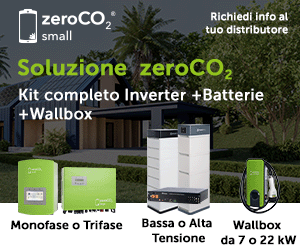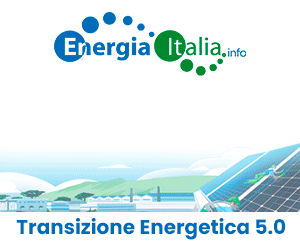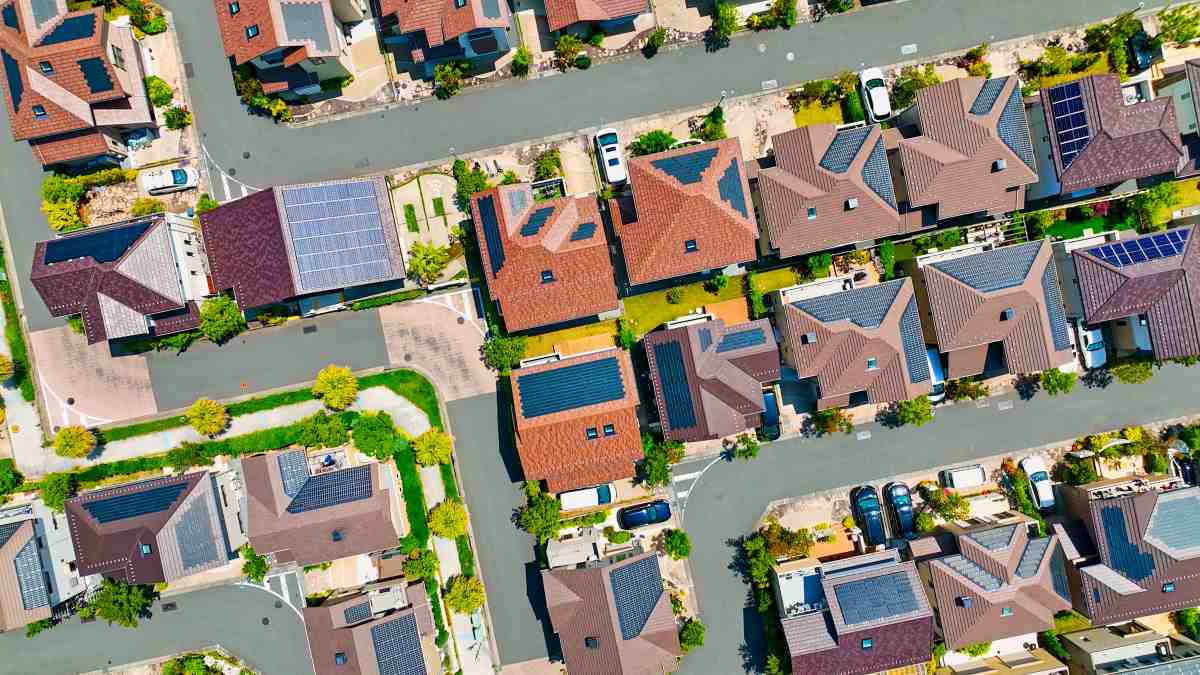What will the future of photovoltaic systems be in 2025? Of the various scenarios discussed in a brainstorming session organised by Stanford University and the German Ministry of the Environment, the most optimistic contemplates that photovoltaic systems will cover 8% of world electricity demand, while the most negative sees a return to low growth levels.
There are many variables involved which will influence the photovoltaic development: reaching an agreement on climate, shale gas dynamics, the fall in accumulation system prices, the attempts of the multinational electricity companies to slow down proliferation.
In the meanwhile, the market has had an upturn: 9 GW were installed in the third quarter of 2013 and in the fourth quarter installations reached 12 GW.
In fact, the results already acquired are certainly worth noting. From the one million systems installed in sunny Australia to the half million installed in foggy Great Britain, from 10% of electricity consumption covered by solar energy in the largest of the German Länder, Bavaria, to the 35 GW reached at the end of September by the world leader of this technology, Germany.
And forecasts for 2014 are decidedly positive: +30% and 45-50 GW, against approximately 36 GW in 2013. China is bound to be decidedly in the lead with its target of 12 GW. Japan will continue to follow its post-Fukushima policy, although the extremely high incentives will be reduced. The USA will continue slowly but inexorably in the upward direction. Lastly, many markets are opening up on all continents.
And prices continue to fall; some forecasts predict that in 2020 the price for photovoltaic energy will be lower than all other technologies: an incredible overtaking. The graph gives the “overnight” costs (i.e. without considering interest expense during construction) for the installation of various technologies in 2020.
And what about Italy? After the end of the end of the fifth “conto energia” (feed-in tariff system), photovoltaic installation has slowed down but it has not stopped. Other incentives are used, such as tax deduction, experimentation continues with energy storage systems, and new business models are sought. Much will depend on the evolution of the legislation now on the last straight. The Italian Electrotechnical Commission, the Energy Authority and GSE are writing the rules for energy storage systems and preparing the basic resolutions for the development of photovoltaic systems grid parity.
One of the central themes is the request to bill the charges of the system also for the self-consumed electricity, an option which would reduce the entire compartment to its knees; but this would be possible only by means of a change in the law, since this is a subject on which the Authority cannot intervene.
































